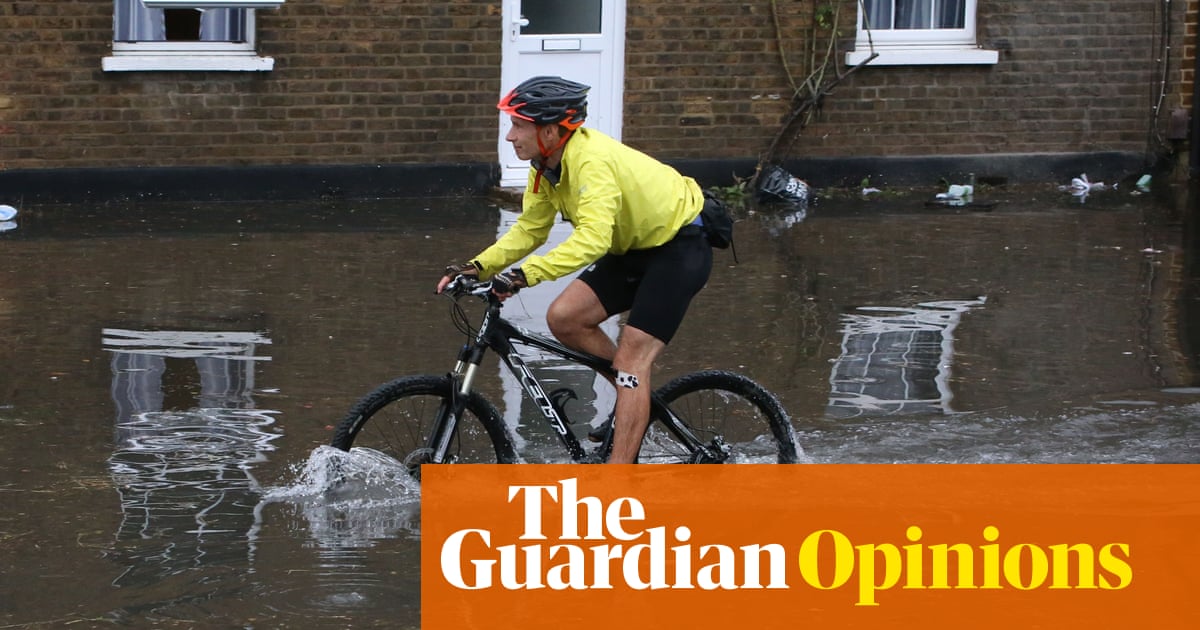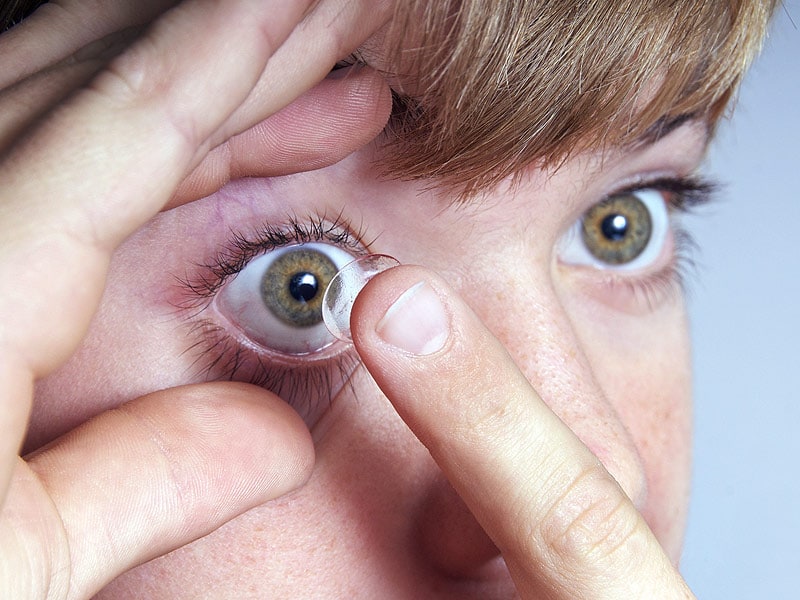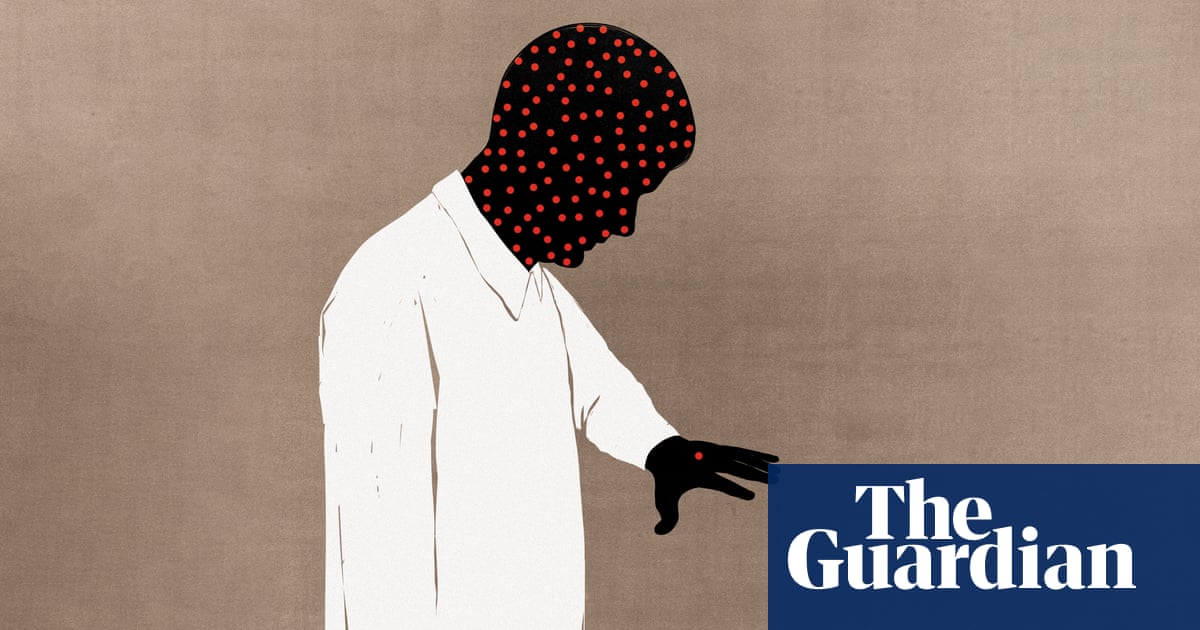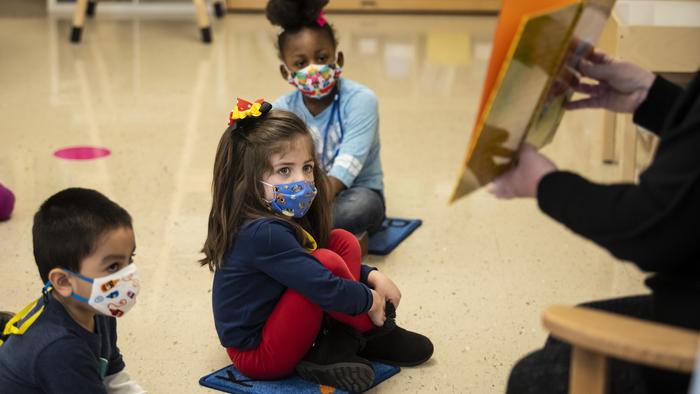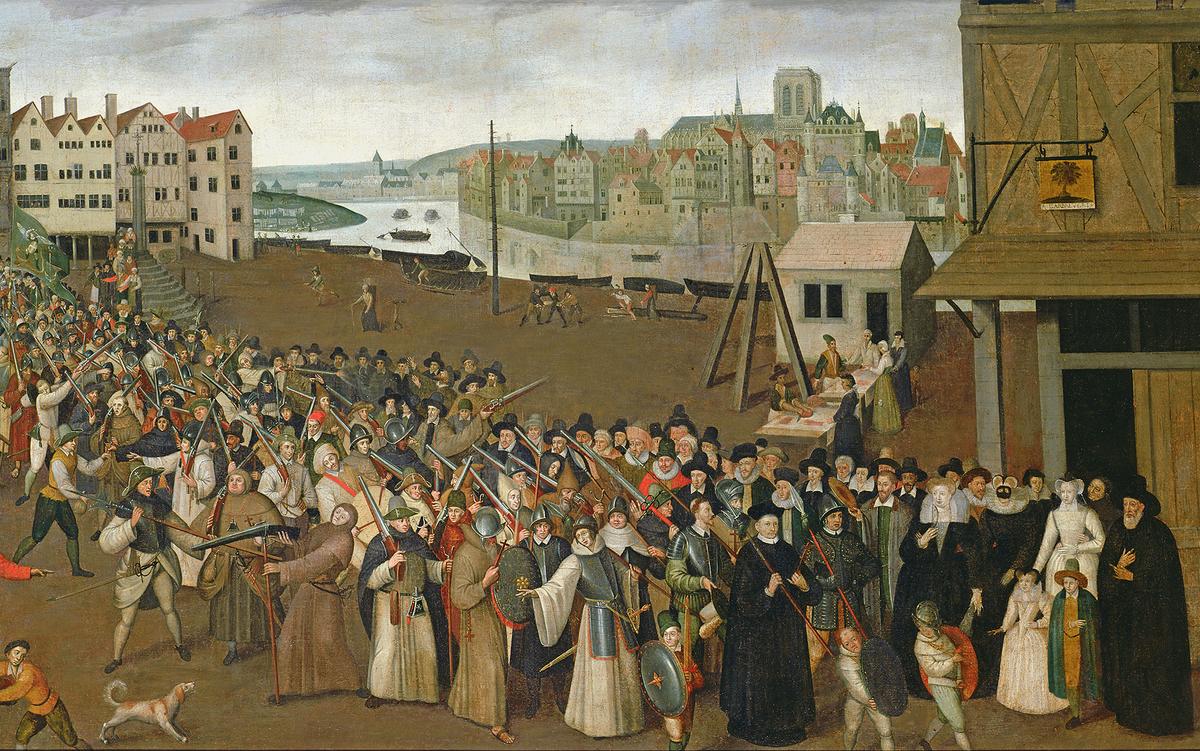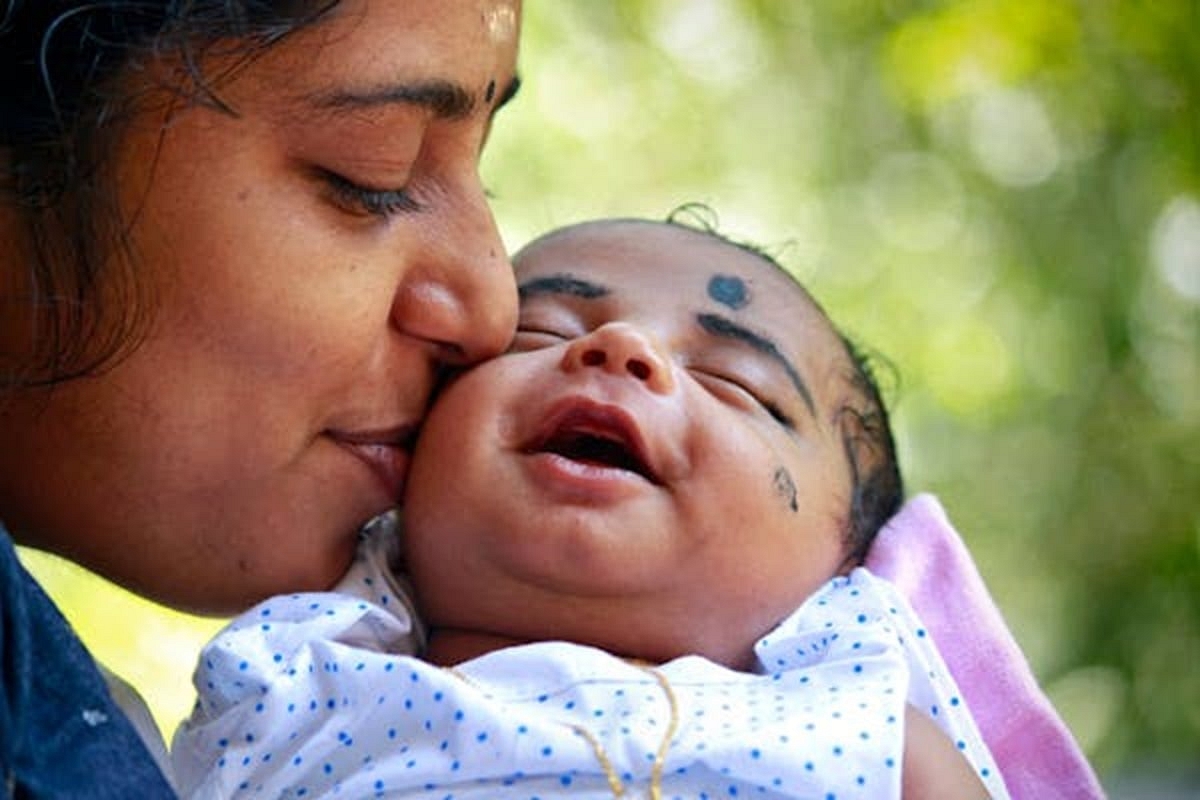
More green, less lonely? A longitudinal cohort study
Thomas Astell-Burt, Terry Hartig, Simon Eckermann, Mark Nieuwenhuijsen, Anne McMunn, Howard Frumkin, Xiaoqi Feng, More green, less lonely? A longitudinal cohort study, International Journal of Epidemiology, 2021;, dyab089, https://doi.org/10.1093/ije/dyab089
Urban greening may reduce loneliness by offering opportunities for solace, social reconnection and supporting processes such as stress relief. We (i) assessed associations between residential green space and cumulative incidence of, and relief from, loneliness over 4 years; and (ii) explored contingencies by age, sex, disability and cohabitation status.
Multilevel logistic regressions of change in loneliness status in 8049 city-dwellers between 2013 (baseline) and 2017 (follow-up) in the Household, Income and Labour Dynamics in Australia study. Associations with objectively measured discrete green-space buffers (e.g. parks) (<400, <800 and <1600 m) were adjusted for age, sex, disability, cohabitation status, children and socio-economic variables. Results were translated into absolute risk reductions in loneliness per 10% increase in urban greening.
The absolute risk of loneliness rose from 15.9% to 16.9% over the 4 years; however, a 10% increase in urban greening within 1.6 km was associated with lower cumulative incident loneliness [odds ratio (OR) = 0.927, 95% confidence interval (CI) = 0.862 to 0.996; absolute risk reduction = 0.66%]. Stronger association was observed for people living alone (OR = 0.828, 95% CI = 0.725 to 0.944). In comparison to people with <10% green space, the ORs for cumulative incident loneliness were 0.833 (95% CI = 0.695 to 0.997), 0.790 (95% CI = 0.624 to 1.000) and 0.736 (95% CI = 0.549 to 0.986) for 10–20%, 20–30% and >30% green space, respectively. Compared with the <10% green-space reference group with 13.78% incident loneliness over 4 years and conservatively assuming no impact on incident loneliness, associations translated into absolute risk reductions of 1.70%, 2.26% and 2.72% within populations with 10–20%, 20–30% and >30% green space, respectively. These associations were stronger again for people living alone, with 10–20% (OR = 0.608, 95% CI = 0.448 to 0.826), 20–30% (OR = 0.649, 95% CI = 0.436 to 0.966) and >30% (OR = 0.480, 95% CI = 0.278 to 0.829) green space within 1600 m. No age, sex or disability-related contingencies, associations with green space within 400 or 800 m or relief from loneliness reported at baseline were observed.

